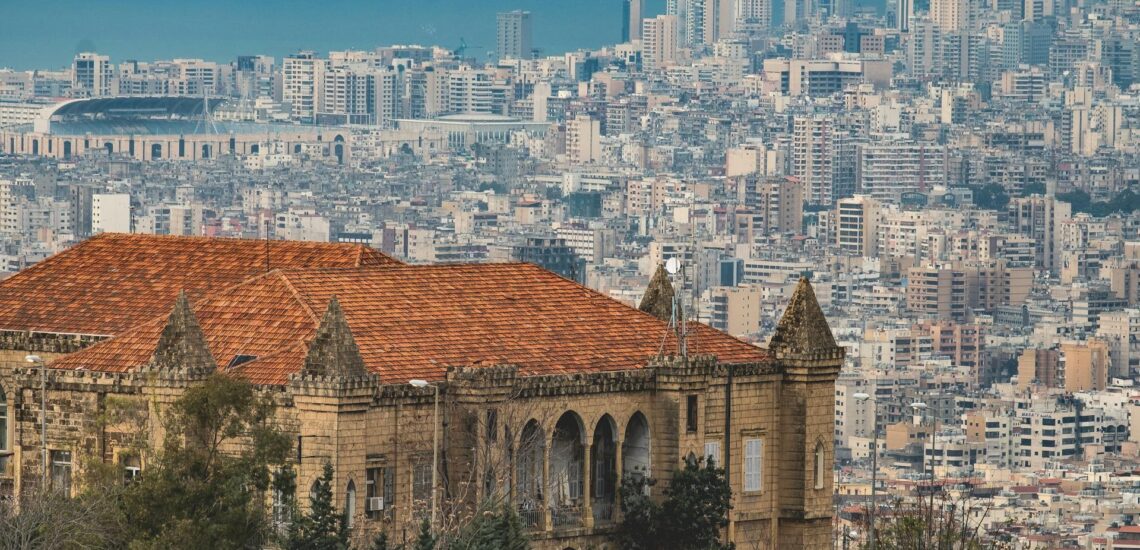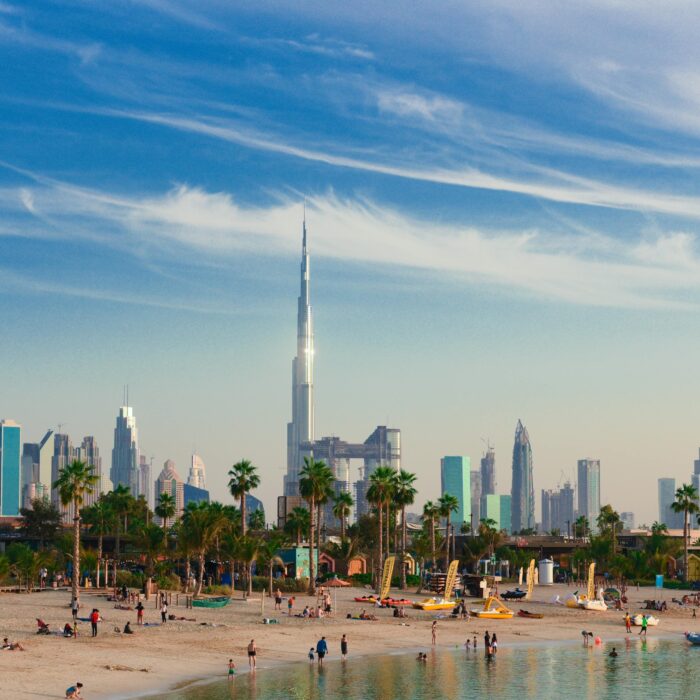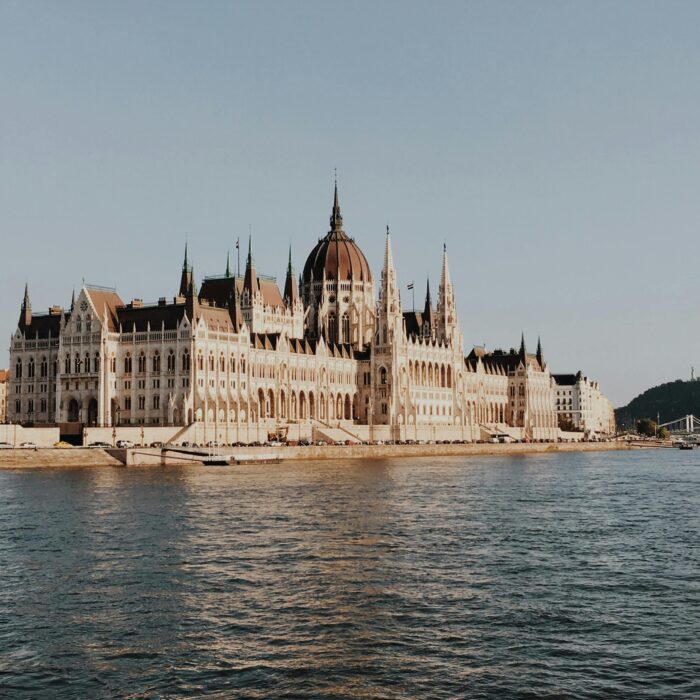Quick facts about Lebanon:
- Population: Approximately 6 million people.
- Capital: Beirut.
- Largest City: Beirut.
- Official Language: Arabic.
- Other Languages: French and English are widely spoken.
- Currency: Lebanese Pound (LBP).
- Government: Unitary parliamentary republic.
- Major Religion: Islam and Christianity are the two largest religions, with a diverse mix of sects within each.
- Geography: Located in the Middle East, bordered by Syria to the north and east, and Israel to the south. It has a coastline along the Mediterranean Sea to the west.
Fact 1: Lebanon has a rich and ancient history
Lebanon boasts a rich and ancient history that spans thousands of years, making it a significant cultural and historical hub in the Middle East. Situated at the crossroads of the Mediterranean Basin and the Middle East, Lebanon’s strategic location has attracted numerous civilizations and cultures throughout history, each leaving their mark on the region.
Key aspects of Lebanon’s rich history include:
- Phoenician Civilization: Lebanon is often referred to as the cradle of the ancient Phoenician civilization, which thrived along the coast of Lebanon from around 3000 BCE to 64 BCE. The Phoenicians were known for their maritime prowess, trade networks, and the development of the first known alphabet.
- Roman and Byzantine Period: Lebanon was part of the Roman Empire and later the Byzantine Empire, during which it flourished as a center of trade, culture, and learning. Cities like Baalbek, Tyre, and Byblos became prominent under Roman rule, with impressive temples, theaters, and infrastructure still visible today.
- Islamic Period: Lebanon’s history also includes the Islamic conquests and subsequent periods of rule by various Islamic dynasties, contributing to the region’s cultural and architectural heritage. The cities of Tripoli, Sidon, and Beirut grew in importance as centers of commerce and scholarship.
- Ottoman Rule: Lebanon came under Ottoman rule from the 16th century until the early 20th century. This period saw the integration of Lebanon into the Ottoman Empire and the influence of Turkish culture on local traditions and governance.
- Modern History: In the 20th century, Lebanon experienced significant political and social transformations, including French colonial rule (mandate period), independence in 1943, and subsequent periods of instability, including the Lebanese Civil War (1975-1990) and ongoing geopolitical challenges.
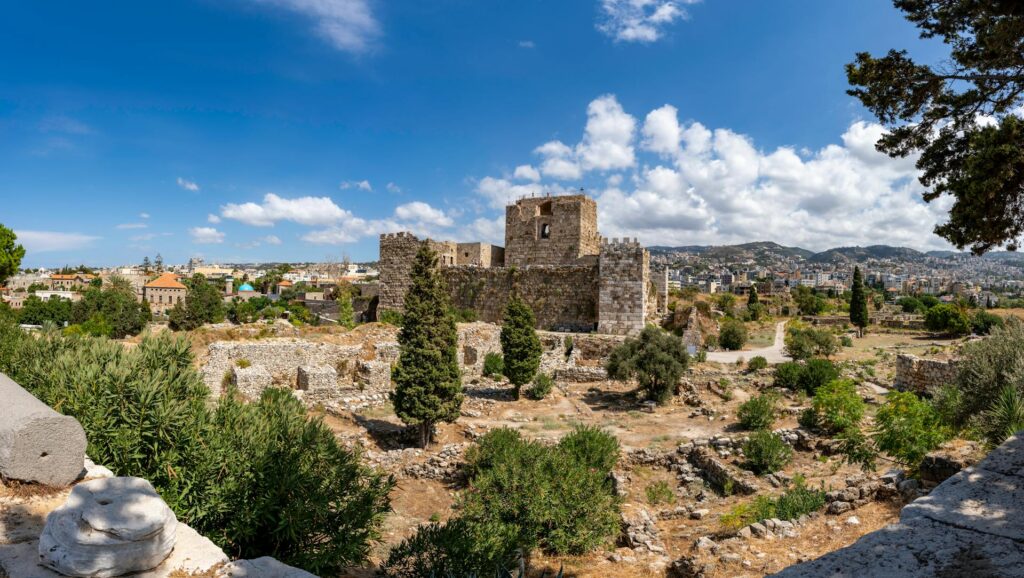
Fact 2: Many Lebanese know French
Many Lebanese people have a proficiency in French, largely due to Lebanon’s historical ties with France during the period of French mandate rule following the collapse of the Ottoman Empire after World War I. From 1920 to 1943, Lebanon was under French mandate, during which French was widely used in administration, education, and commerce.
French became a second language in Lebanon, alongside Arabic, and was taught in schools and universities across the country. This legacy has persisted over the decades, even after Lebanon gained independence in 1943. French remained an important language in diplomatic relations, business dealings, and cultural exchanges.
Fact 3: Ancient City of Baalbek UNESCO site
The Ancient City of Baalbek is a UNESCO World Heritage site located in Lebanon. It is renowned for its monumental Roman temples, particularly the Temple of Bacchus and the Temple of Jupiter. These temples are among the largest and best-preserved Roman religious buildings in the world, showcasing impressive architecture and intricate stone carving.
Baalbek, known in ancient times as Heliopolis, was a religious center dedicated to the Phoenician sun god Baal. It later became a significant Roman colony and prospered under Roman rule, with construction beginning in the 1st century BCE and continuing into the 3rd century CE.
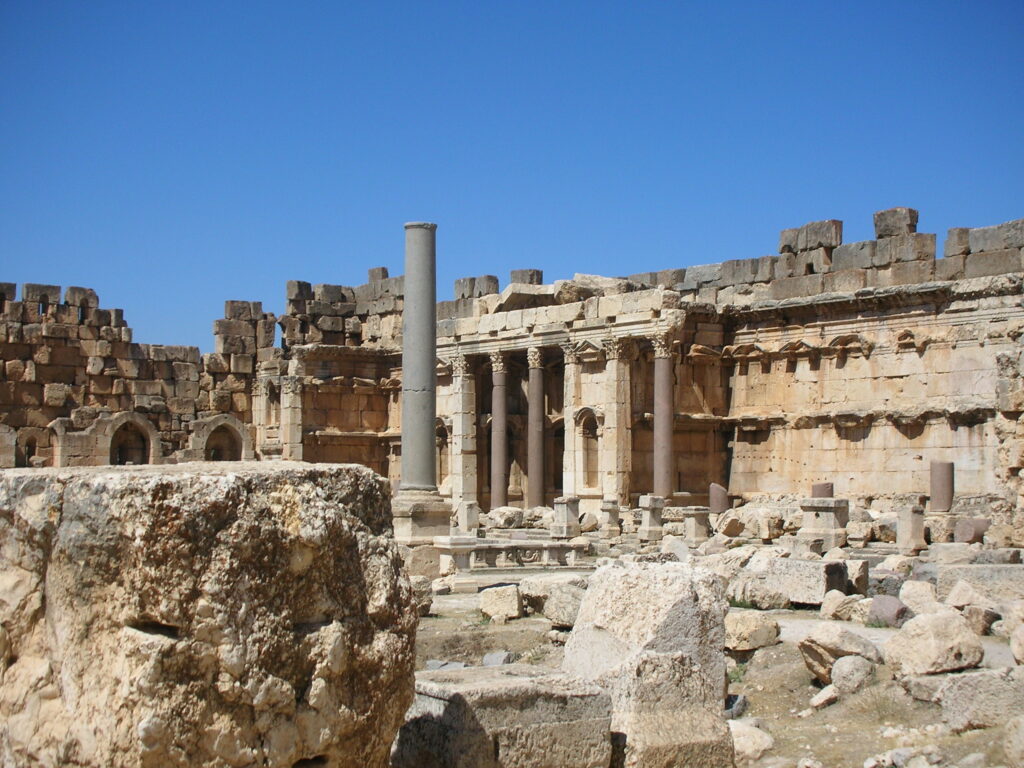
Note: If you plan to visit the country and travel independently, check the need for an International Driver’s License in Lebanon for you.
Fact 4: Neolithic settlements found on Lebanese territory
Lebanon is home to several Neolithic settlements that provide valuable insights into early human history and the development of civilization in the region. These settlements, dating back thousands of years, highlight Lebanon’s importance as a crossroads of ancient cultures and trade routes in the Near East.
Some notable Neolithic sites found on Lebanese territory include:
- Byblos (Jbeil): Byblos is one of the oldest continuously inhabited cities in the world and boasts evidence of Neolithic settlements dating back to around 7000-6000 BCE. Archaeological excavations have revealed Neolithic remains, including stone tools, pottery, and evidence of early agriculture and animal domestication.
- Tell Neba’a Faour: Located in the Bekaa Valley, Tell Neba’a Faour is an archaeological site that dates back to the Neolithic and Chalcolithic periods (6000-4000 BCE). Excavations at the site have uncovered Neolithic houses, hearths, and artifacts indicating early agricultural practices and trade networks.
- Tell el-Kerkh: Situated near Sidon (Saida), Tell el-Kerkh is an ancient tell (mound) that has revealed Neolithic and Bronze Age remains. It provides evidence of early settlement patterns, burial practices, and technological advancements during the Neolithic period in southern Lebanon.
- Tell el-Burak: Located near Tyre (Sour), Tell el-Burak is another significant archaeological site with Neolithic and later Bronze Age layers. Excavations have unearthed artifacts such as pottery, tools, and architectural remains, shedding light on ancient lifestyles and cultural interactions in coastal Lebanon.
Fact 5: Wine production in Lebanon has been practiced since very ancient times
Wine production in Lebanon spans millennia, rooted deeply in its ancient history dating back to the Phoenician civilization. The Phoenicians, renowned for their maritime trade and cultural influence, cultivated vineyards along Lebanon’s coastal regions and developed advanced techniques in grape cultivation and winemaking. This early expertise allowed Lebanese wine to be exported across the Mediterranean, marking Lebanon as one of the earliest wine-producing regions in the world.
Throughout history, from the Roman period through the medieval era and into modern times, Lebanon’s wine industry has endured periods of prosperity and decline, influenced by geopolitical changes and economic shifts. The Roman occupation further elevated Lebanon’s viticultural practices, introducing new grape varieties and refining winemaking methods that continued to shape the region’s winemaking traditions.

Fact 6: The Lebanese love the holidays
The Lebanese hold a deep appreciation for holidays, which play a significant role in their cultural and social life. Holidays in Lebanon are diverse and reflect the country’s religious and cultural diversity, with celebrations often blending traditions from various religious and ethnic communities.
During major religious holidays such as Eid al-Fitr and Eid al-Adha for Muslims, and Christmas and Easter for Christians, Lebanese families come together to celebrate with feasts, gatherings, and religious observances. These holidays are marked by a sense of community spirit and generosity, with people often visiting friends and relatives to exchange greetings and share traditional meals.
Secular holidays such as Lebanese Independence Day on November 22nd and Labor Day on May 1st are also celebrated with national pride and commemorative events. These occasions often include parades, fireworks displays, and cultural performances that highlight Lebanon’s history and achievements.
Fact 7: The flag of Lebanon has a cedar tree on it
The cedar tree has been an enduring symbol of Lebanon’s national identity for centuries, representing resilience, longevity, and the natural beauty of Lebanon’s mountains. The flag consists of three horizontal stripes: a wide red stripe at the top and bottom, and a narrower white stripe in the middle. In the center of the white stripe is a green cedar tree (Cedrus libani), which is surrounded by a green wreath.
The cedar tree holds significant historical and cultural significance in Lebanon. It has been referenced in ancient texts and scriptures, including the Bible, as a symbol of strength and prosperity. The Phoenicians, an ancient maritime civilization from which Lebanon derives its name, also revered the cedar tree for its timber, which was highly prized for shipbuilding and construction.

Fact 8: Lebanon is mentioned dozens of times in the Bible
Lebanon is mentioned numerous times throughout the Bible, both in the Old Testament (Hebrew Bible) and the New Testament. These references highlight Lebanon’s geographical significance, natural resources, and cultural interactions with ancient Israelites and neighboring civilizations.
In the Old Testament:
- Cedars of Lebanon: Lebanon is frequently mentioned in relation to its cedar trees, which were highly prized for their quality and used in the construction of religious temples, palaces, and ships. King Solomon, known for his wisdom, is said to have imported cedar wood from Lebanon for building projects, including the First Temple in Jerusalem (1 Kings 5:6-10).
- Geographical References: Lebanon is often cited as a geographical boundary or landmark in various historical narratives and poetic passages. For example, Lebanon is mentioned in relation to Mount Hermon (Deuteronomy 3:8-9) and as a symbol of fertility and beauty (Song of Solomon 4:8).
- Historical Context: The interactions between the ancient Israelites and neighboring peoples, including the Phoenicians and Canaanites who inhabited Lebanon, are depicted in historical accounts and prophetic writings.
In the New Testament:
- Geographical References: Lebanon is referenced in the context of Jesus Christ’s ministry and travels, indicating the regional awareness of Lebanon’s existence during the Roman period.
- Symbolic References: The imagery of Lebanon’s natural beauty and cultural significance continues to be used metaphorically in the New Testament to convey spiritual lessons and prophetic visions.
Fact 9: The majority of Lebanon’s population are Arabs practicing Islam of various persuasions
While the country is predominantly Arab in ethnicity, it is important to note that Lebanon’s population is composed of several religious communities, each contributing to the country’s rich social fabric.
Islam is one of the major religions practiced in Lebanon, with Muslims comprising approximately 54% of the population according to recent estimates. Within the Muslim community, there are various sects and persuasions, including Sunni Islam, Shia Islam (including Twelvers and Ismailis), and smaller communities of Alawites and Druze.
Sunni Muslims are the largest Muslim denomination in Lebanon, followed by Shia Muslims. The Shia population includes followers of Twelver Shia Islam, which is the largest Shia denomination globally, and smaller communities such as Ismailis and Alawites.
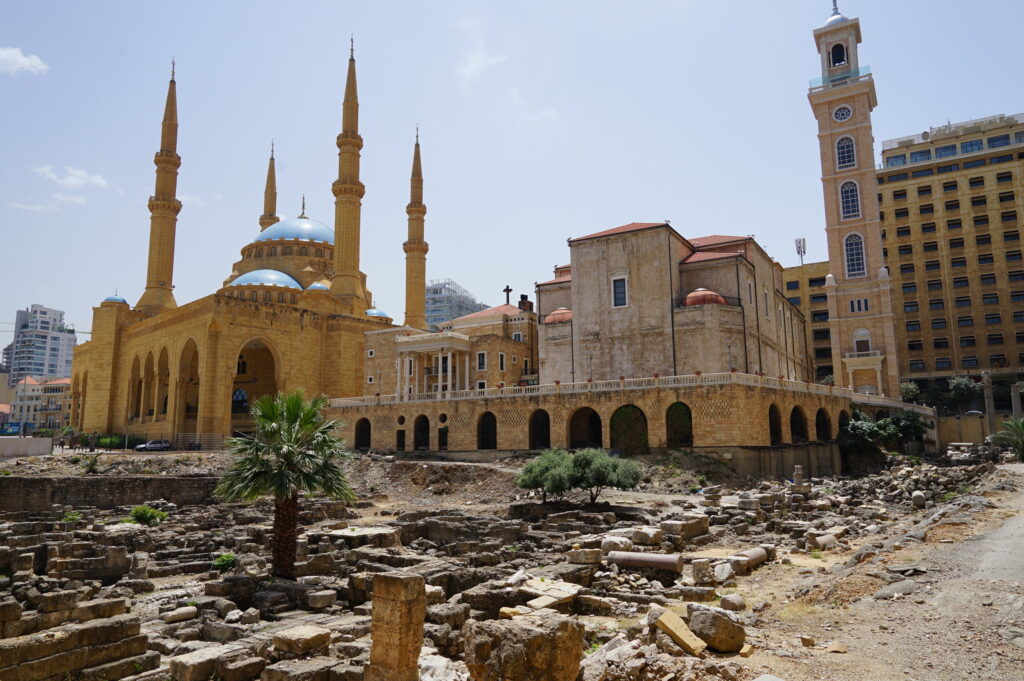
Fact 10: Lebanese smoke a lot
The country has a notable culture of smoking, encompassing both cigarettes and traditional waterpipes (argileh or shisha). Smoking is often a social activity, with cafes and restaurants providing spaces for people to gather and smoke together.
The reasons for high smoking rates in Lebanon are multifaceted and include cultural norms, social acceptance, and historical trends.

Published June 30, 2024 • 9m to read

